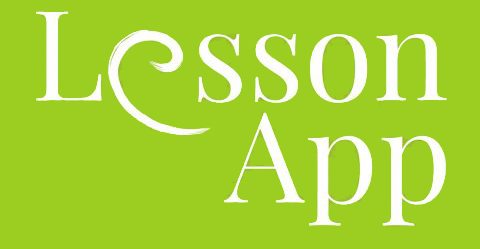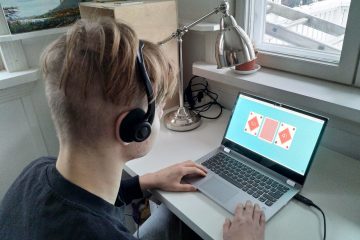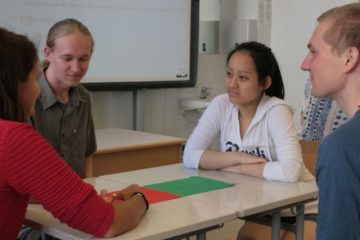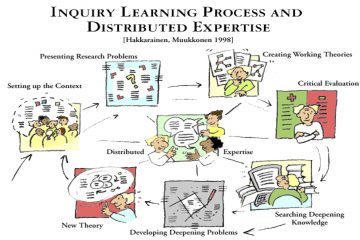Author: María Carrasco Orozco (M.Ed) Working as a preschool teacher in Tiny Hands English Kindergarten
This lesson is designed to improve students’ confidence when speaking in a new language, as well as to grow their vocabulary.
It is intended for children from 6 years old to the end of primary education (but with modifications it can be used with adults as well) and it all depends on their language capabilities at the moment. I have done this lesson with my students in class, but now I bring an online version that can be carried out during distance learning and works as well.
General learning objectives
- Practice and grow vocabulary
- Review grammar structures
- Get confident using the language
- Foster creativity
Materials
The original material is called story cubes, but for the sake of the distance learning we will have to use an online resource. The teacher can create their own online dice with specific vocabulary or this type of resources can be used instead, with fixed vocabulary:
https://scratch.mit.edu/projects/158896002/
*Tip: If the learners are old enough, you can create a project around it and ask them to create their own story cubes online resource, using the platform Scratch.
Grouping and Warm Up:
Method: Three Things
The whole group can take part in this activity together. It is thought of as a warm up to activate learners’ vocabulary.
It consists of asking students to think of three things related to a topic. The question could be: Tell three things that you love about summer, three Christmas things, three red objects, three fruits that come from a tree, etc.
If the learners are advanced enough you can group them and ask them to think of the questions by themselves and ask them to each other.
Groups: Three or four per group
You can use the affordances of the software that you’re using to reach your students or in the case of a lack of grouping options you could have the whole class participate, although it might be more challenging for the learners to keep their attention.
Story Time!:
Onced decided the groups it is time to play.
Version 1: For beginners.
One student shares their screen and clicks on “Go!” to roll the dice.
That person has to start to tell a story using one of the images from the dice. Ex. Once upon a time there was a monkey. His name was Joey and he lived in the rainforest. The next person of the group will have to continue the story using another image from the dice, ex. One day, Joey saw a print of the ground that was new to him, it didn’t resemble any other animal footprint. Then the next member of the group will continue and so forth until they have used all the images and the story is finished.
Version 2: For more advanced learners.
This time every student will have to tell the whole story by themselves, screens can be shared to show the images to all the rest. This is a more complex way since the learner has to come up with a whole story by themselves.
*Tip: It might be a good idea to work beforehand on connectors, such as then, after that, however, because, finally, etc.
Enjoy!





0 Comments